5 reasons you should run an ultra marathon in 2024... for fun!
If you are feeling the weight of over-indulgence this festive season, it's time to look for a new challenge in the New Year

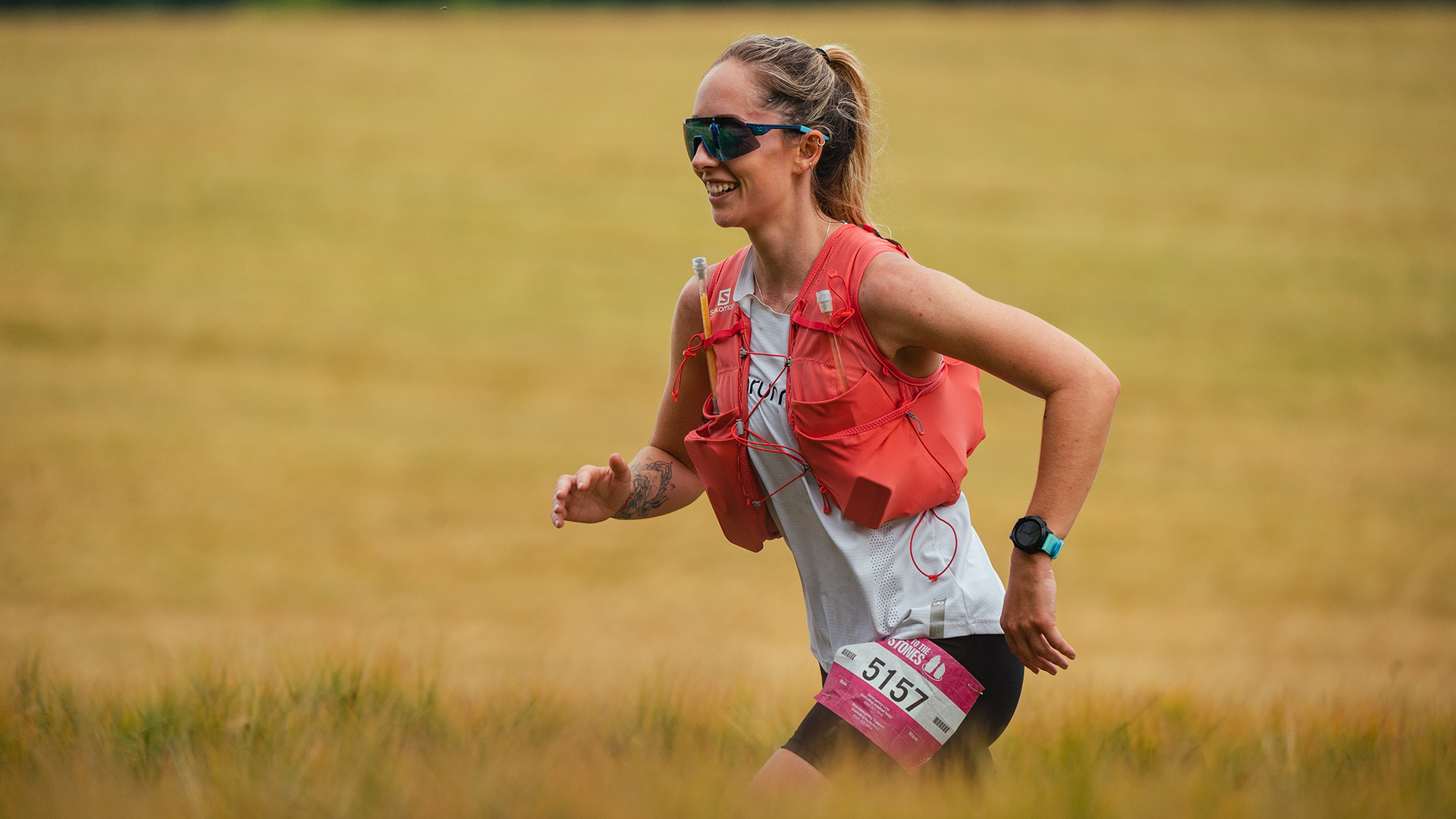
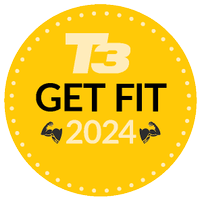
Running a marathon used to be the standard bucket list achievement, with the sport seeing massive growth in the last 10 years or so. But ultra running, once the domain of an elite minority, is also fast becoming a mainstream activity increasing by 1,676 per cent in the past two decades.
Runners and walkers of all abilities can take part in events from 28 miles to a staggering 3100 miles in all corners of the globe. The most common distances, however, are 50k, 100k and 100 miles.
Ultras take many different forms, including looped events, 24-hour races, one-day courses and multi-day challenges. The vast majority involve off-road trail running, which can be on deadly flat towpaths or in huge mountain ranges. There are also road ultras and events involving obstacles. You can even organise your own ultra and record it as a Fastest Known Time (FKT) along a newly established route.
One of the largest misconceptions surrounding ultras is that you have to be super fit or an elite athlete to even consider signing up for one. People also worry that the training will take up too much time, whilst, in reality, it can be less training than a road marathon and certainly less taxing on the body.
Ultramarathon is actually one of the most inclusive, accessible and friendly running communities out there, and has a completely different vibe to road running.
Not convinced yet? Strap on your multisport watch, slip into your running shoes (or trail running shoes), and let's go! Here are five reasons you should run an ultra marathon for fun.
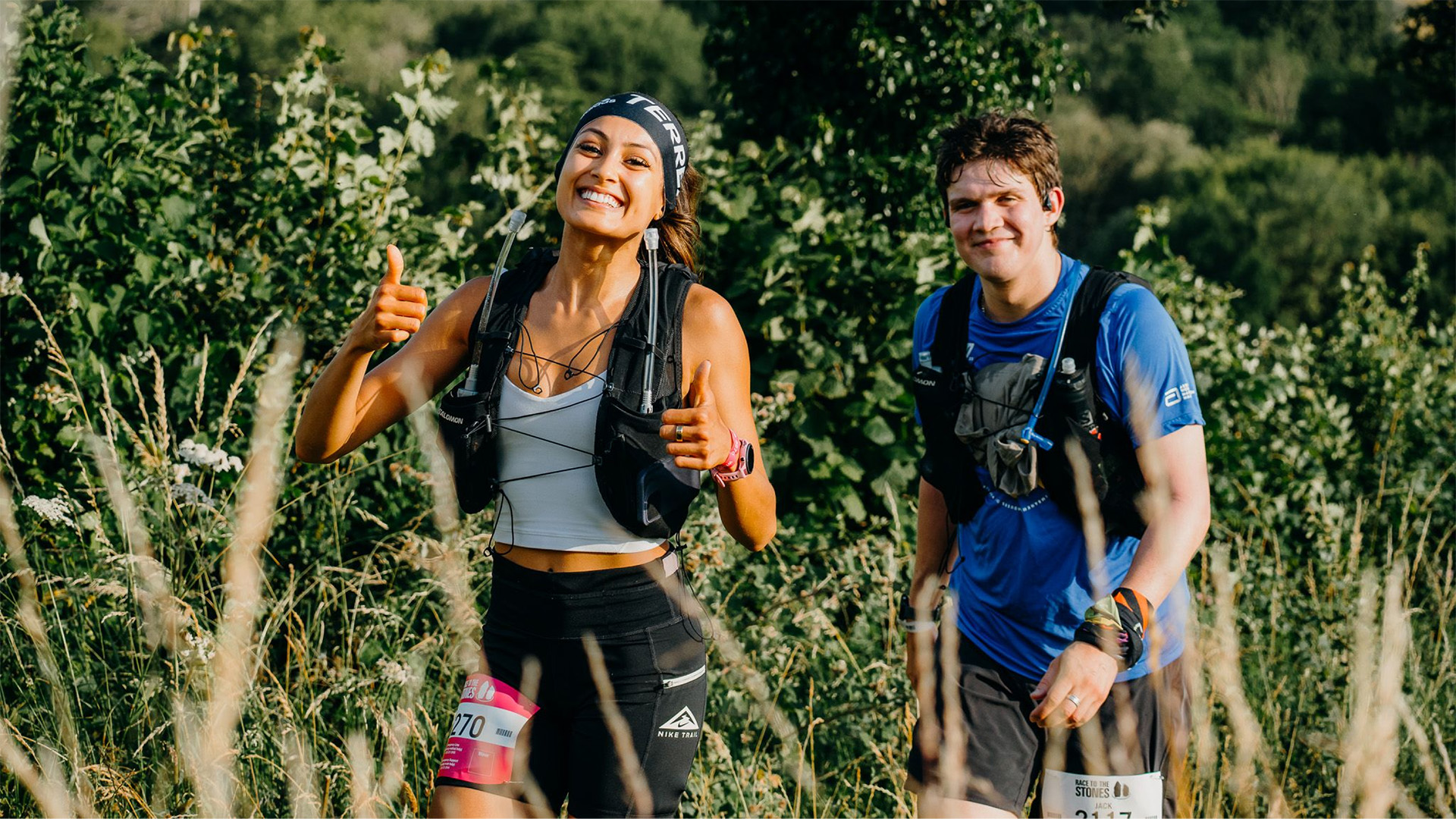
1. You get to explore the wild
Ultra running is really an extension of trail running or cross-country racing, and most events take place in beautiful locations. You could be running in the stunning mountain range of Chamonix at the UTMB, spotting zebras and wildebeest in the Tanzanian savannah or bimbling along the glorious Jurassic coastline.
Get all the latest news, reviews, deals and buying guides on gorgeous tech, home and active products from the T3 experts
Ultra marathons are a wonderful way to get off the beaten track, explore places you would never see from the car, catch a glimpse of illusive wildlife and meet welcoming local communities. Some races also take place on private land which you would never normally have access to, so it's a great opportunity to see a slice of hidden countryside.
There is so much variety in the climate and terrain of events that you can pick one that suits you. Perhaps you enjoy squelching through muddy fields, traversing snow-capped hillsides, or soaking up the desert heat. Pick an environment that suits your preferences.
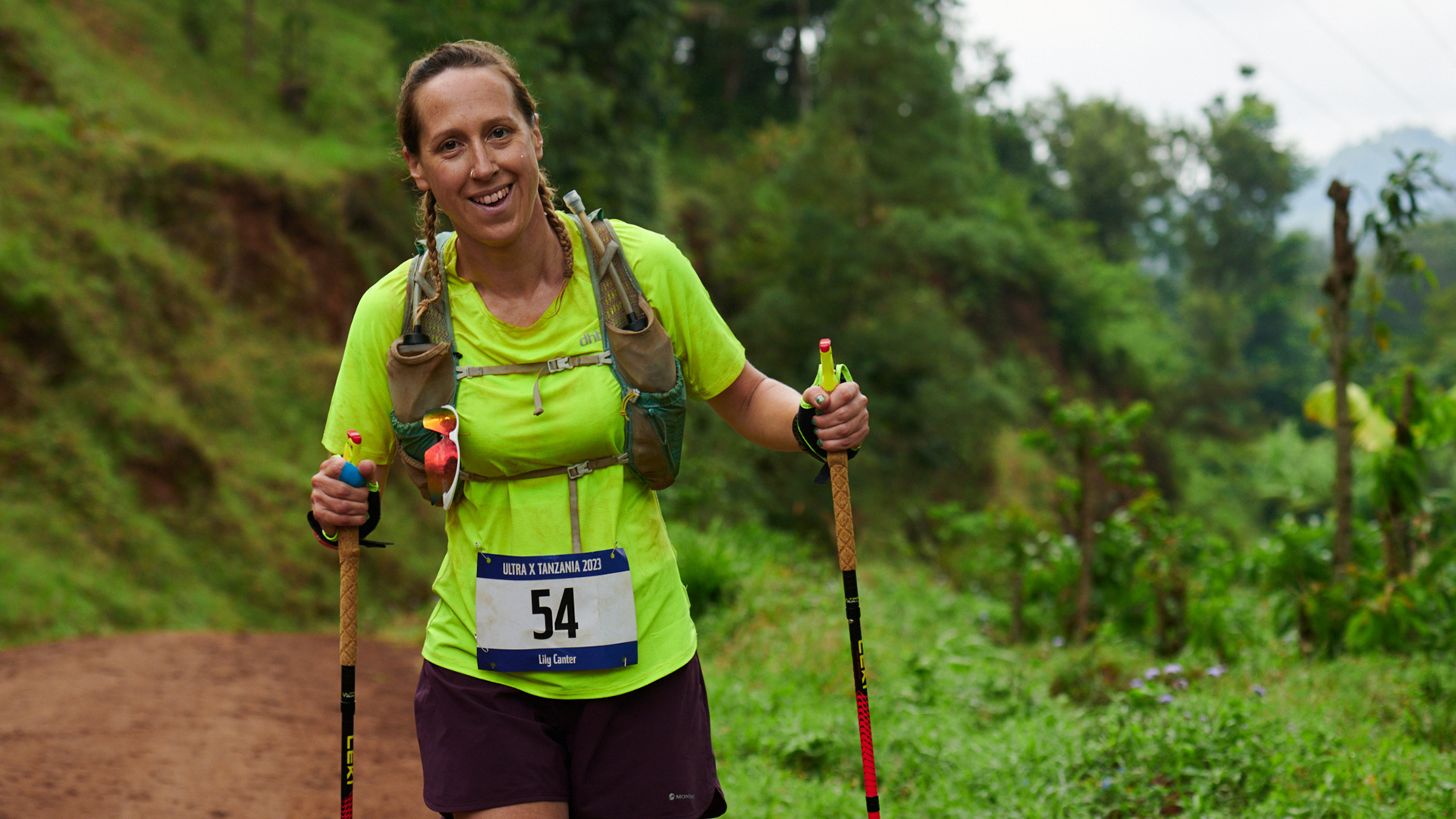
2. Removes the time pressure
What's the first thing someone asks you when you've run a marathon? 'What was your time?'. With road races, the pressure is always on to finish in a certain time, get a particular ranking or achieve a new personal best.
No one ever asks how long it took to run an ultra. They are simply in awe of how far you have run and want to hear about the experience. Competitors don't jostle for a position at the start line, and no one cares if you walk; in fact, it's a hard and fast rule that everyone walks the hills in ultras, even the elites.
As a result, ultras are a far more relaxed experience where the goal is to finish rather than to race in a certain time. It is very difficult to predict your pacing because the terrain is varied, and there will be several checkpoints along the way where you will need to stop and refuel. Rather than a running race, ultras are a run-walk event.
Cut-offs are usually very generous, so even the legendary Marathon Des Sables in the Moroccan desert allows participants to adventure at their own pace, with 3km per hour being the minimum allowed speed.
3. Eat and drink all you want
The classic ultra marathon adage is that it is an eating race and not a running race.
[Editor's note: it was Ann Trason who famously said, "Ultra marathons are just eating and drinking competitions with a little bit of running thrown in" – we couldn't agree more!]
In order to successfully complete an ultra, participants need to eat – a lot. Around 40 to 60g of carbs an hour is required, but this rises to 90g an hour in the later stages. This means carrying plenty of high-energy snacks with you, which are normally the things you are told to avoid.
Crisps, salted nuts, cake, sweets, peanut butter and jam sandwiches are all part of the essential kit and aid stations are often equipped with some amazing spreads. Salty foods are important for replenishing sodium lost during sweating, and sugary carbohydrates will keep energy stores topped up.
It's not unheard of for recreational, and even elite, ultra runners to consume pizza, chips and even beer along a course. Essentially an ultra race is a bit of a jog with picnic stops along the way serving party food.
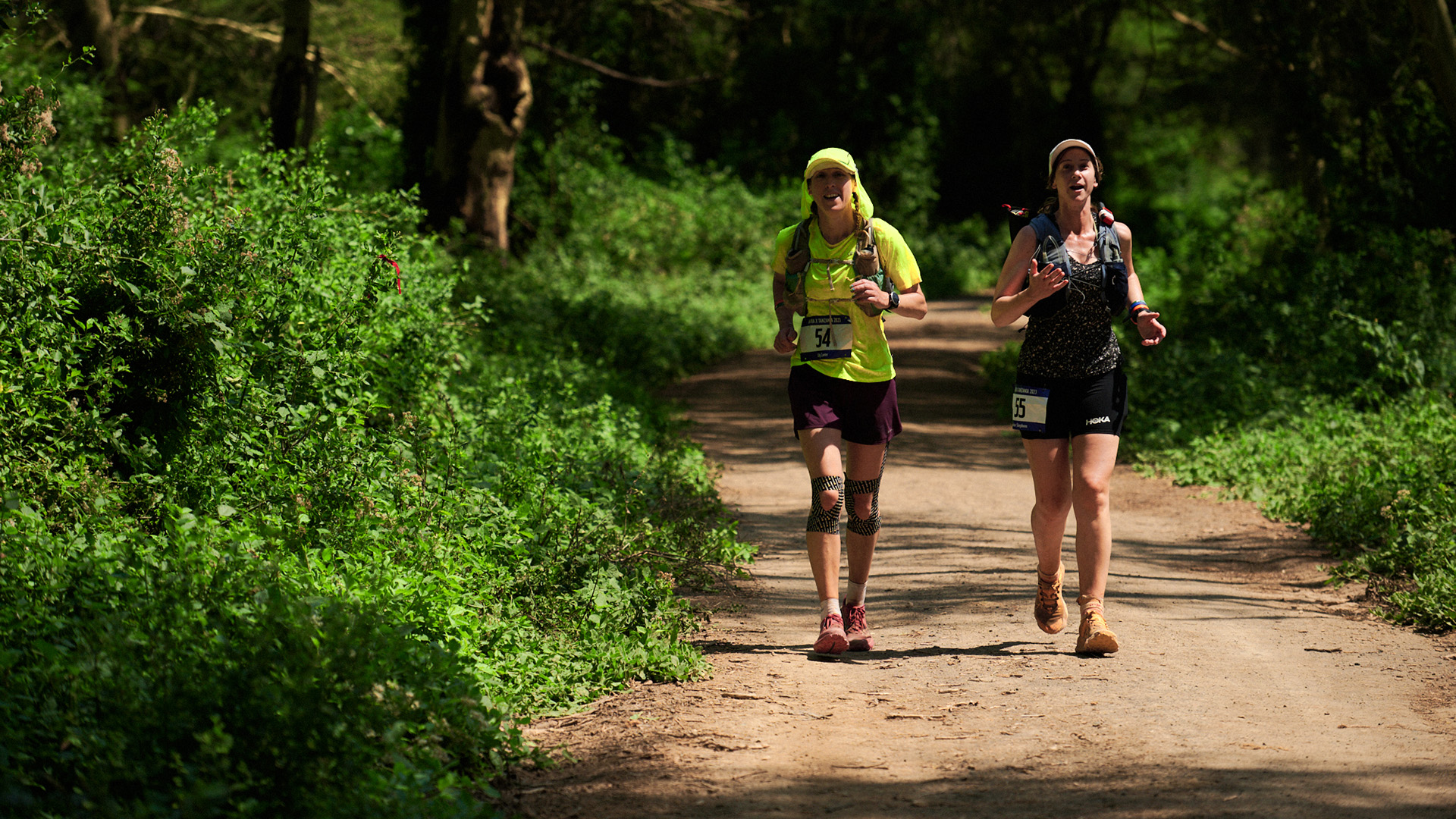
4. Party time!
For the vast majority of runners, who come in all shapes and sizes, an ultra marathon is a lovely day/s out with friends. There is a huge sense of community from the marshals and volunteers, encouraging participants to keep going to the public and handing out soup on the street.
Many hours will be spent nattering away to strangers as you jog along at an easy pace, and on multi-day events, you can make friends for life.
Lots of races also have a party atmosphere with music, costumes and entertainment. Events like Endure24 are designed to tap into the social side of ultras. It's an 8km lapped course which can be run solo or in fun run teams of up to 12 people. Last year the event was won by a guy dressed as a nun who handed over to his team-mate dressed as Batman.
[Editor's note: one of my best-ever race experiences is from Mongol 100, which is a 100-mile ultra across a frozen lake in Mongolia. The running part was probably the least memorable of the whole event; I remember (and cherish) the camp fire talks, parties and camaraderie more.]
5. Sense of achievement
There is a huge amount of fun to be had from an ultra, but it would be remiss to admit that they can also be tiring, painful and arduous challenges. But the sense of accomplishment and relief on the finish line is insurmountable. There really is no feeling like it. And within a few days or weeks, once the exhaustion and aches have disappeared you'll find yourself signing up for your next great ultra adventure.
This feature is part of T3's Get Fit 2024 campaign. We’ll be bringing you a wealth of guides, features, deals and news to help you get healthy, fit and ready for anything the new year can throw at you. Whether you’re a newcomer to fitness or someone with a passion for it, we’ll bring you all the best workouts, diet advice and gear to set you on the right track.

I am a freelance money, health and lifestyle journalist with experience writing for Moneywise, The Sun Money, Yahoo Finance UK, Metro Money, loveMONEY, This is Money, Guardian Money, The Times, The Telegraph, Pulse Today, South China Morning Post, Runner's World, Trail Running and Vegan Living.
Finalist Headline Money Awards 2021: Freelance Journalist of the Year and Business Story of the Year.
Grab a copy of Freelancing for Journalists
Listen to the podcast freelancingforjournalists.com
